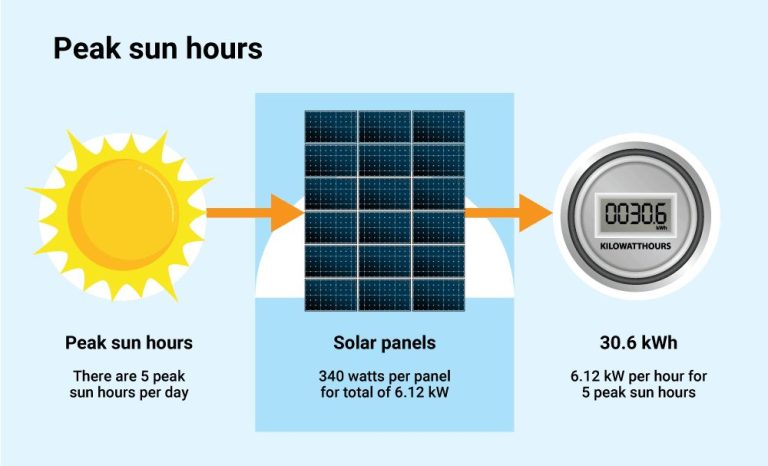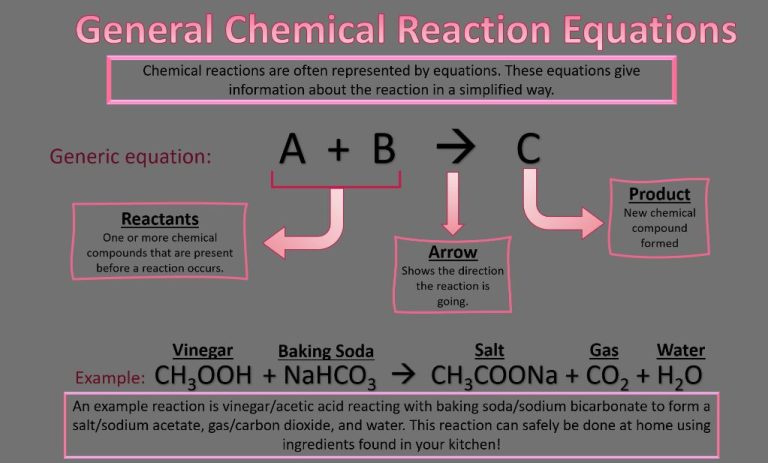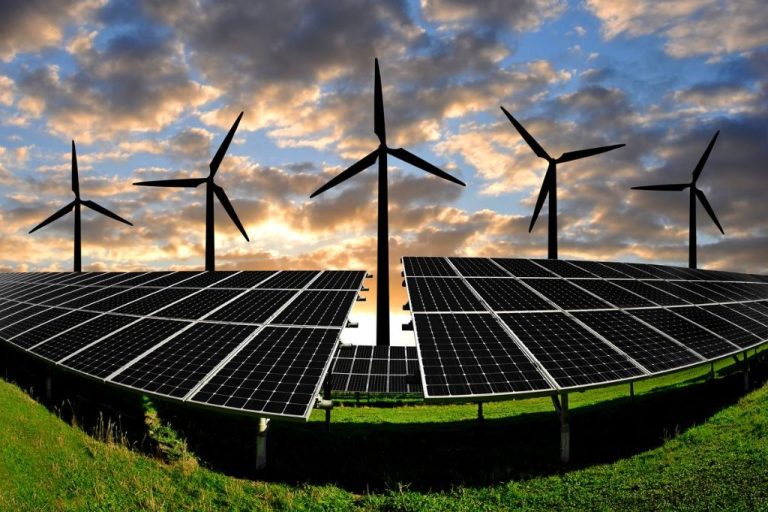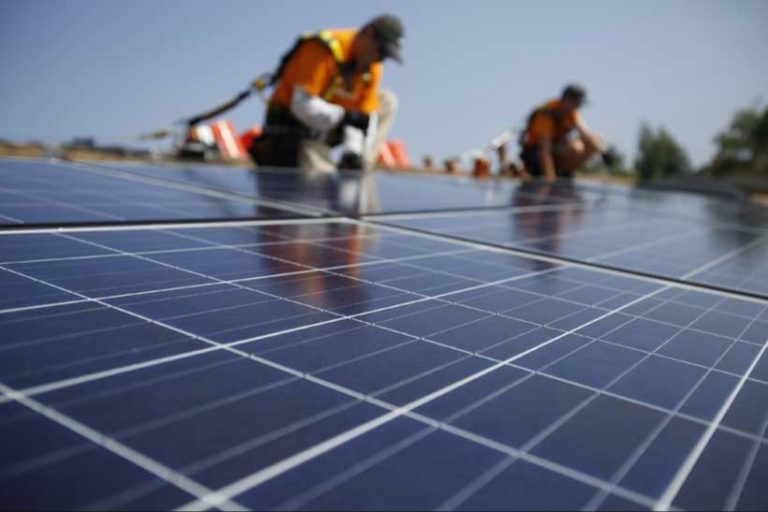What Is The Energy Report?
What is the Energy Report?
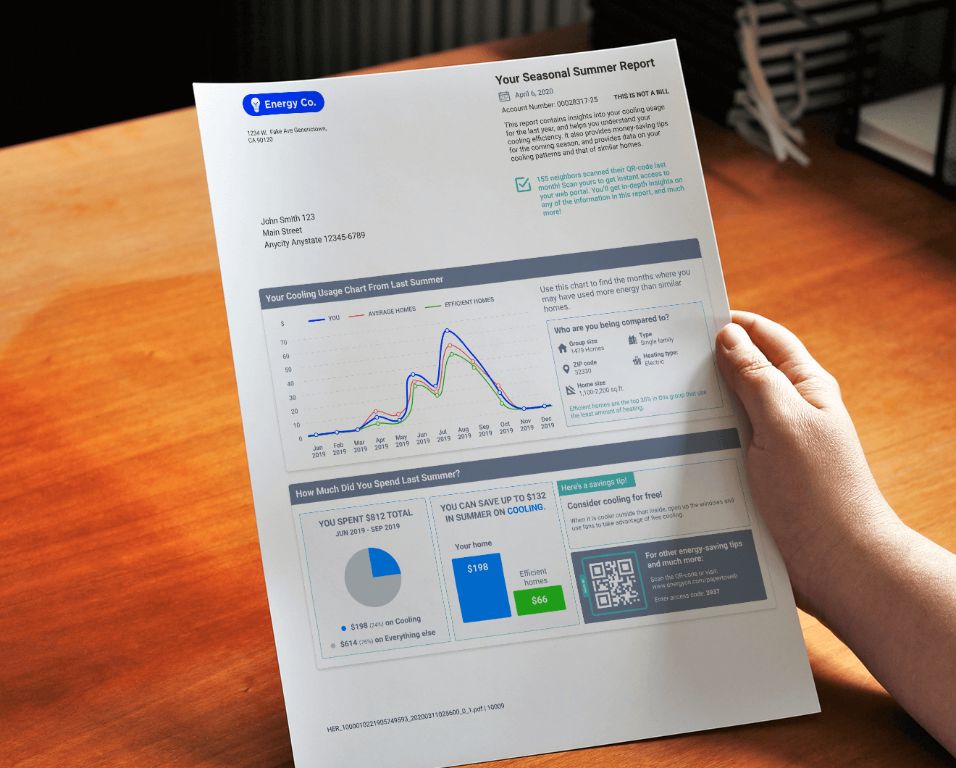
The Energy Report is a periodic report published by the U.S. Energy Information Administration (EIA). It contains data and analysis on production, consumption, imports, exports, and prices for all of the major energy products used in the United States.
The U.S. EIA publishes the complete Energy Report annually, with some data updated monthly or quarterly. The annual report contains comprehensive statistics, analysis, and projections for all major energy sources.
The Energy Report includes data on petroleum, natural gas, coal, nuclear, renewable energy, electricity, and more. It covers energy flows from production to consumption across all sectors of the economy. Key statistics tracked include energy production, energy consumption, energy exports/imports, energy prices, and energy-related carbon dioxide emissions.
The report provides both national and state-level energy profiles for the United States. It also includes international energy data to provide global context and trends.
Overall, the Energy Report aims to provide authoritative data and insights on U.S. energy usage, supply and demand trends, emerging technologies, and related economic and environmental impacts. It serves as a go-to reference on the nation’s energy outlook.
History of the Report
The Energy Report was first published in 2006 by the International Energy Agency (IEA). The IEA is an intergovernmental organization founded in 1974 in the wake of the 1973 oil crisis to help countries coordinate a collective response to major disruptions in oil supply. The initial goal of the Energy Report was to provide policymakers with comprehensive data and analysis on the latest developments in energy demand and supply.
When the report was first launched, it focused heavily on tracking oil and gas markets. However, over time, the scope has expanded to cover all fuel types and energy technologies. This evolution reflects the IEA’s growing role in tracking progress on international climate goals like reducing carbon emissions. More recently, the report has placed increased emphasis on renewables and energy efficiency.
The methods of data collection and analysis have also advanced over the years. The IEA now utilizes sophisticated modeling tools to generate detailed forecasts and scenarios through 2040. While the core quantitative approach remains, the contextual analysis provided alongside the data has grown more robust. This allows the report to better identify key trends and uncertainties in the global energy landscape.
Overall, what began as a targeted publication tracking oil security has transformed into a comprehensive guide to decarbonizing the world’s energy system while ensuring affordable and reliable access for all. The report has become a key reference for anyone looking to better understand energy markets, technologies, and policies.
Sources:
https://www.googlenestcommunity.com/t5/Nest-Thermostats/Thermostat-history/m-p/347007
Data Included
The Energy Report covers a wide range of global energy data and statistics. This includes both historical data and forecasts/projections for energy production, consumption, and trade across all fuel types.
For renewable energy, the report provides data on the production and consumption of energy from sources like hydro, wind, solar, geothermal, and biofuels. It tracks the growth of renewables over time and provides forecasts for the future.
For fossil fuels, extensive data is provided on the production, imports, exports, and consumption of petroleum, natural gas, and coal. This includes breakdowns by region and country. The report covers proved reserves and remaining recoverable resources for fossil fuels.
In addition, the report contains comprehensive data on nuclear and hydroelectric power generation worldwide. It also includes statistics on energy efficiency and conservation efforts globally.
Overall, the depth and breadth of energy data encompassed makes the report a go-to resource for analysts, policymakers, businesses, and others interested in understanding energy supply, demand, and markets.
Global Coverage
The Energy Report has comprehensive global coverage, analyzing energy data from over 120 countries around the world. It divides the countries into various regional groupings:
- Europe – Includes the EU, UK, Switzerland, Norway, Iceland and the Balkans
- North America – United States and Canada
- Latin America – Mexico, Central and South America
- Africa – All countries within the continent
- Middle East – Includes countries in Western Asia like Iran, Iraq, Israel etc.
- Asia Pacific – China, India, Japan, Southeast Asia, Australia, New Zealand
The report covers both developed economies like the US, UK, Germany, Japan as well as major emerging economies like China, India, Brazil, South Africa. This allows for useful comparisons of energy use and emissions between advanced and developing nations.
Key Findings
The latest World Energy Outlook report highlights several notable trends and takeaways. There has been increased growth and investment in renewable energy sources, while use of fossil fuels like coal continues to decline globally. According to the report, renewables are expected to account for over 90% of all new power capacity additions through 2030, driven by solar PV and wind. This growth in renewables will help limit global emissions growth. The share of coal is projected to decline from around 37% in 2020 to 28% in 2030 in the Stated Policies Scenario. The report also notes key uncertainties, like policy and technology developments, that could impact future energy demand and supply.
Purpose and Applications
The Energy Report is produced by the International Energy Agency (IEA), an international organization that works to coordinate energy policies and provide analysis and advisory support to its member countries (Consumer’s Energy). The purpose of the report is to provide authoritative research and data on all aspects of the global energy system.
The report has a number of key applications:
- Informing energy policy and strategy – Governments use the report to understand energy trends and develop effective policies.
- Business planning – Energy companies utilize the data to make investment decisions and plan future operations.
- Academic research – The report provides a comprehensive dataset for researchers studying energy systems and markets.
- Tracking progress – The report allows benchmarking and monitoring of key energy metrics over time.
Overall, the Energy Report serves as an essential reference for decision-makers in the public and private spheres seeking to understand the global energy landscape and identify opportunities and challenges.
Criticisms
While the Energy Report provides a comprehensive overview of global energy data, some critics argue it has certain limitations and biases. One concern is that the report relies heavily on self-reported data from governments and energy companies, which may not always be fully accurate or transparent [1]. Some analysts believe the report underestimates renewable energy growth in certain regions due to limitations in modeling tools [2].
Others argue the report lacks sufficient analysis on the social impacts of energy transitions and focuses too narrowly on quantitative data. There are also calls for the report to expand coverage of decentralized energy access issues affecting developing countries [3]. Overall, while the Energy Report provides a useful baseline, some experts advise treating its forecasts with caution and supplementing with other sources. There is room for improvement in data transparency and accounting for the human dimensions of energy system change.
Accessing the Report
The latest Energy Report is available from several sources, both free and paid options exist. The full report can be downloaded for free in PDF format from the International Energy Agency’s website here. The IEA also offers a paid interactive online version with extra tools and visualizations. Individual chapter downloads are available as well.
For a fee, the report can be purchased through third-party energy research firms and aggregators who sometimes package it with additional analysis. There are also free summaries and highlights from the report published by organizations like the UN and World Bank.
Public libraries or university libraries may have copies available to borrow or access through academic databases. The full report averages around 700 pages so the free PDF is a great option for accessibility.
Related Resources
While the Energy Report provides a comprehensive global overview, there are other complementary reports that go into more detail on specific regions or topics:
The International Energy Outlook from the U.S. Energy Information Administration (EIA) provides detailed projections for energy supply and demand through 2050 for various regions including the United States.
The World Energy Outlook from the International Energy Agency (IEA) offers analysis and forecasts through 2050 at a global level as well as for specific countries and regions.
The Energy Report provides a higher-level global snapshot, while the EIA and IEA reports offer more granular regional forecasts and analysis. The Energy Report is unique in its focus on mapping energy flows through economies across the world.
The Future of the Report
The Energy Report is constantly evolving to adapt to changes in the energy industry and provide the most relevant analysis. According to Deloitte, the energy sector will go through massive transformation in the coming years as new technologies and sustainability efforts reshape how we produce and consume energy.
The International Energy Agency (IEA) plans to expand the scope of the report to cover more renewable energy sources and electric vehicles. There will also be more focus on tracking progress towards net zero emissions targets. The 2023 edition will include in-depth analysis of how the global energy crisis has accelerated clean energy transitions.
In the future, The Energy Report will likely provide more granular, real-time data on energy demand and production as capabilities evolve. It aims to be the definitive source for understanding changes in the world’s energy systems and informing policy decisions towards a sustainable energy future.

